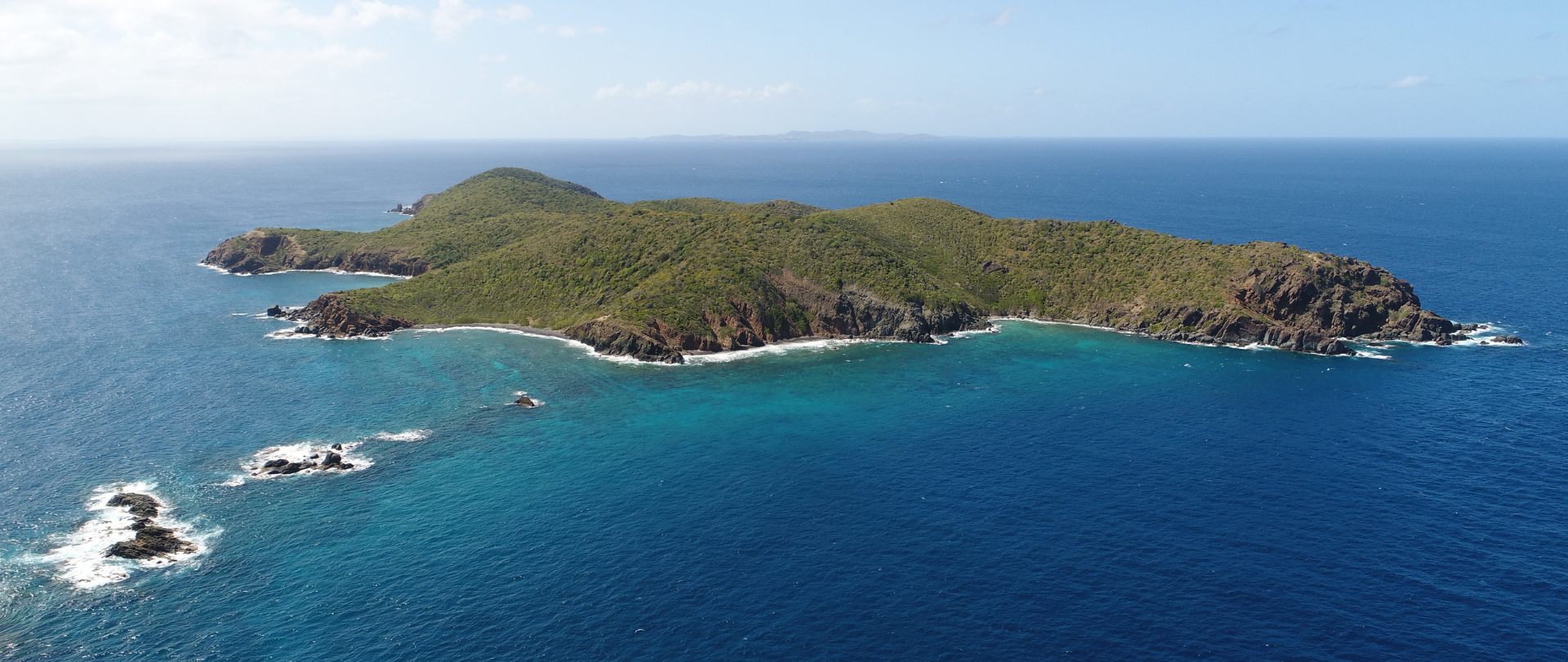April 9, 2025
Firman acuerdo para proteger al pingüino de Humboldt en isla Cachagua
La Municipalidad de Zapallar firmó un convenio con Island Conservation para proteger al pingüino de Humboldt y la biodiversidad de la Isla Cachagua.
We use cookies to help you navigate efficiently and perform certain functions. You will find detailed information about all cookies under each consent category below.
The cookies that are categorized as "Necessary" are stored on your browser as they are essential for enabling the basic functionalities of the site. ...
Necessary cookies are required to enable the basic features of this site, such as providing secure log-in or adjusting your consent preferences. These cookies do not store any personally identifiable data.
Functional cookies help perform certain functionalities like sharing the content of the website on social media platforms, collecting feedback, and other third-party features.
Analytical cookies are used to understand how visitors interact with the website. These cookies help provide information on metrics such as the number of visitors, bounce rate, traffic source, etc.
Performance cookies are used to understand and analyze the key performance indexes of the website which helps in delivering a better user experience for the visitors.
Advertisement cookies are used to provide visitors with customized advertisements based on the pages you visited previously and to analyze the effectiveness of the ad campaigns.
Looking to make an impact this Earth Month? Here’s how.

Nestled just 2 to 3 miles west of St. Thomas Island in the US Virgin Islands, Savana Island is a stunning ecological gem. This subtropical dry forest, part of the Puerto Rico Geographic Bank, is home to a diverse array of flora and fauna. However, one species is conspicuously absent: the Virgin Islands Tree Boa.
The Virgin Islands Tree Boa, a beautiful and elusive snake, once thrived across the Virgin Islands. Unfortunately, its habitat has been severely fragmented due to vegetation clearing and the introduction of invasive mammals, particularly the black rat (Rattus rattus). These invasive predators pose a significant threat to the boa, preying on its eggs, juveniles, and even adults. To bring the VI Tree Boa to Savana Island and help expand its historical range, it is crucial to eliminate these invasive rats.
In April 2021, Island Conservation staff conducted a site visit to Savana Island. Using motion-sensing cameras, tomahawk live traps, heavy-duty plastic chew tags, and ultrasonic recorders, they determined that all 72 hectares (178 acres) of the island were infested with black rats. This discovery underscored the urgent need for action.
Efforts to introduce the VI Tree Boa to new areas within its historic range have seen great success on other islands, and Savana Island is poised to be the next success story. The removal of black rats from Savana Island is a monumental step towards creating a safe refuge for this endangered snake. This ambitious project is a collaborative effort involving Island Conservation, the Division of Fish and Wildlife in the Department of Planning and Natural Resources from the US Virgin Islands, the US Fish and Wildlife Service, and the US Department of Agriculture.
The restoration project is set to begin in May/April of 2025, utilizing cutting-edge aerial conservation techniques.
But removing invasive rats from Savana Island is about more than saving the VI Tree Boa. This project will enhance the entire terrestrial and marine ecosystem, benefiting seabirds, native reptiles, plants, land crabs, and nearshore reefs.
Island Conservation is currently the world’s only international non-profit organization dedicated solely to restoring islands. We’re leading the restoration effort, guided by our principles to use holistic, nature-based solutions. Around the world, we combine improving community livelihoods, managing invasive species, and reintroducing native species to create resilient island ecosystems.
Savana Island and its surrounding area are locally important for biodiversity to thrive. The island boasts dense forests of native Silver Thatch Palm (Coccothrinax barbadensis), stands of Pink Trumpet Trees, (Tabebuia heterophylla), and dry shrublands of West Indian Lantana (Lantana camara). These ecological and aesthetic qualities give Savana Island special territorial and international significance for restoration and rewilding.
They also make it a perfect habitat for the VI Tree Boa. Our ultimate goal is to remove the snake from the Endangered Species list. In order for that to happen, we need to establish three additional populations that show a stable or increasing trend of growth. These new populations need to be in protected habitats free from invasive mammals and minimally impacted by sea level rise–and Savana fits the bill!
Moreover, this project will serve as a stepping stone for the USFWS, which aims to establish additional VI Tree Boa populations in the Culebra National Wildlife Refuge in Puerto Rico by eradicating rats from two elevated offshore cays (small, low islands)—Culebrita and Luis Peña. Fixing the links in the chain of the VI Tree Boa’s range will help its population become more resilient to the pressures that have brought the species to the brink.
Savana isn’t just an ideal habitat for the VI Tree Boa–it’s a part of the Caribbean’s natural heritage. This project represents a significant commitment from all partners involved and sets a precedent for future conservation efforts in the region.
Support the holistic restoration of Savana Island today by making a donation, and join our newsletter for updates from the project!
Check out other journal entries we think you might be interested in.
Notifications